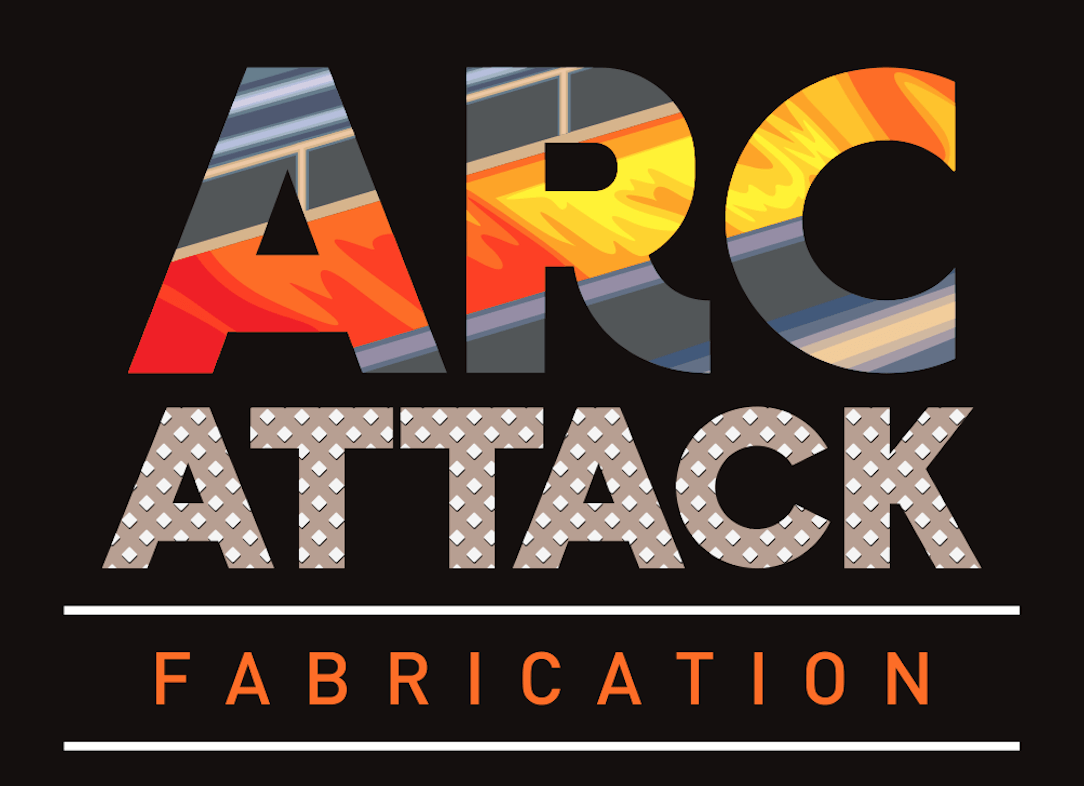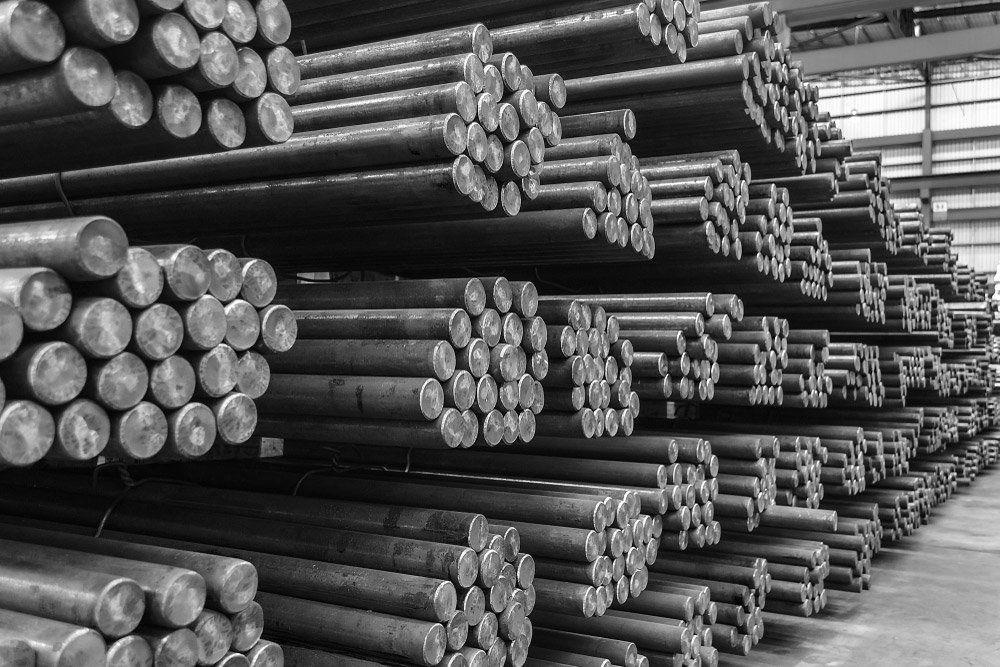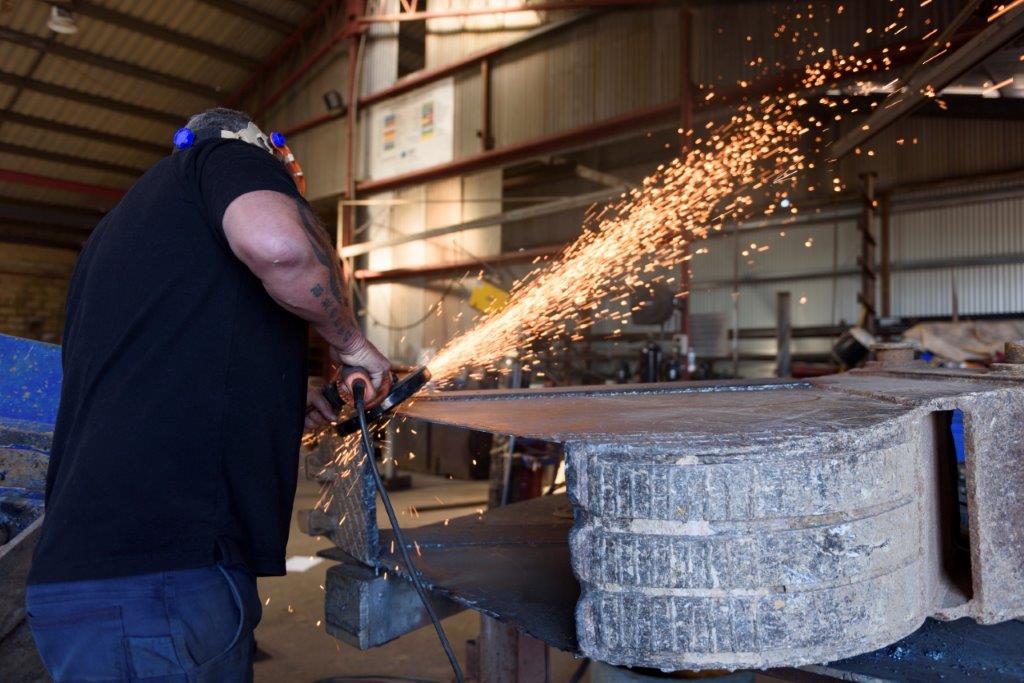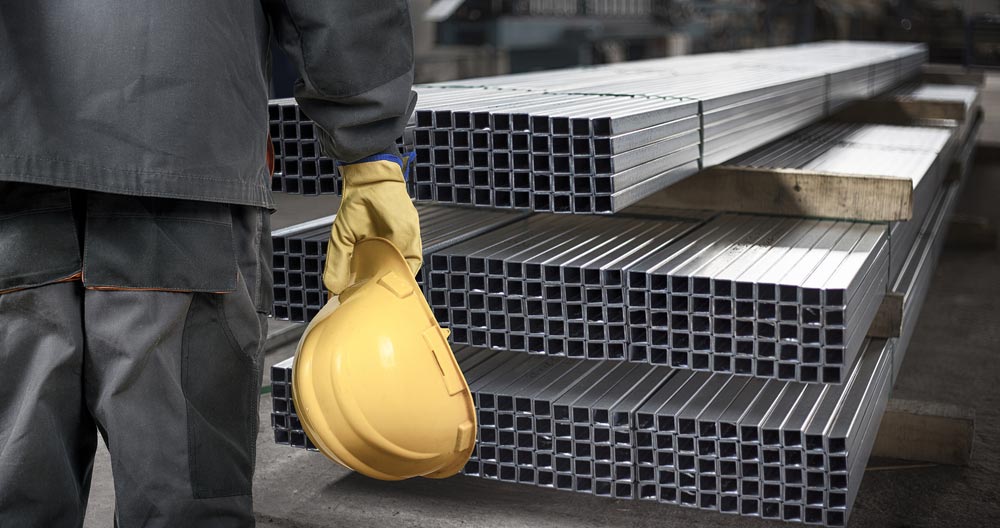Welding vs Metal Fabrication What's the Difference?
Anyone looking to fabricate something from metal for the first time can often be confused by the terminology used. This is understandable since this is a diverse industry with many professions and skills involved.
We have noticed that many people not familiar with the industry often think metal fabrication is just another word for welding. But that is not the case; these are actually two very different disciplines. So in this blog, we will explain the differences.
Metal Fabrication
Metal fabrication is a term used in the metalworking industry to describe the process of assembling metal products and structures. Metal fabricators use several methods to do this, one of which is welding.
The metal fabrication industry is estimated to be worth around $8 billion to the Australian economy. Many industries employ metal fabricators, including the aerospace, construction, shipbuilding and energy sectors.
Metal fabricators are skilled at many techniques, including casting, cutting, forging and folding. To become qualified, metal workers need to complete a four-year apprenticeship to obtain their Certificate III in engineering and fabrication.
Types of metal fabrication
Casting – A process where liquid metal is poured into a mould.
Cutting – The process of cutting shapes out of a sheet using a saw or plasma cutter.
Folding – A process used to form extremely strong complex shapes by heating and folding single metal sheets.
Forging – Metal shaped using a combination of heat and force.
Extrusion – A process where molten metal is pushed through a die to form a shape.
Machining – The process of removing material using a combination of turning, boring, grinding and milling tools.
Punching – A method used to punch holes in sheet metal.
Stamping – A process where metal sheets are inserted into a pressing mould to create complex shapes.
Welding – A method used to fuse two metals together using extreme heat.
Welding
Welding is a form of fabrication that fuses two metals together using a combination of heat and pressure. This is a very specialised industry that requires many years of practice to master.
To become qualified, welders need to obtain AWI Certification, which covers individual welders (AS 179), supervisors (AS 1796), and inspectors (AS 2214). AWI certification covers all welding disciplines and is valid in all states.
Welders use several techniques to fuse metal. The technique used will depend on the metal and the strength required in the final structure.
TYPES OF WELDING:
- Gas Metal Arc Welding (MIG) – Uses an electrical arc to generate intense heat, which fuses the metal together.
- Shielded Metal Arc Welding (SMAW) – A process that uses a flux coated metal rod that melts along with the sheet metal to form a weld.
- Oxy-Acetylene Welding (OA) – Oxygen and Acetylene are mixed, which combusts, generating temperatures of about 3,200ºC. This intense heat is then used to fuse metal.
- Tungsten Inert Gas welding (TIG) – An arc welding process that uses inert gas to stabilise the heat, thereby creating a more stable welding environment. Often used to fabricate aluminium.
Hopefully, this article helps to explain the difference between the two disciplines. To sum up, welding is just one method a metalworker uses to fabricate metal structures and products.
At ARC Attack Fabrication, we are skilled metal workers and fabricators. We use several methods, including welding, folding and shaping, to craft steel from its raw state into complex shapes and structures.
If you would like more information about our metalworking services or obtain a quote for your project. Complete the contact form here or give Warren or Sheenah a call on 02 6654 2188.









